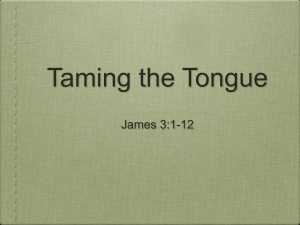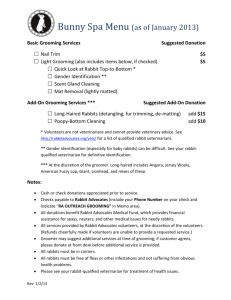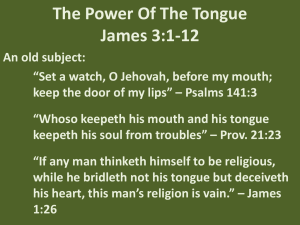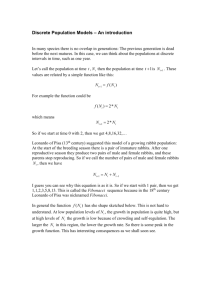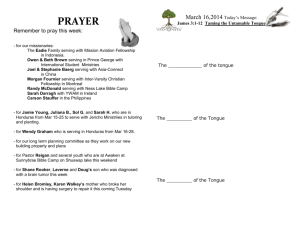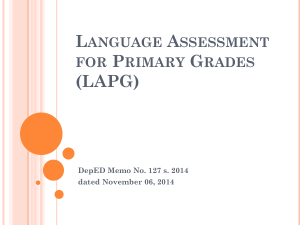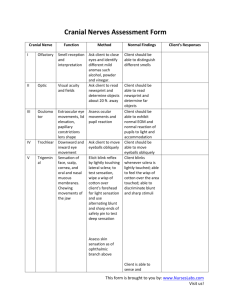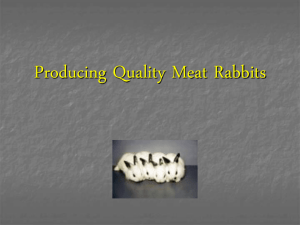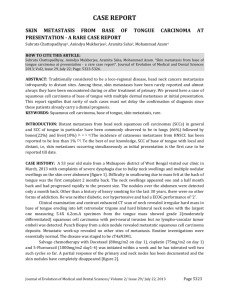FDG-PET and histopathological findings of VX2
advertisement
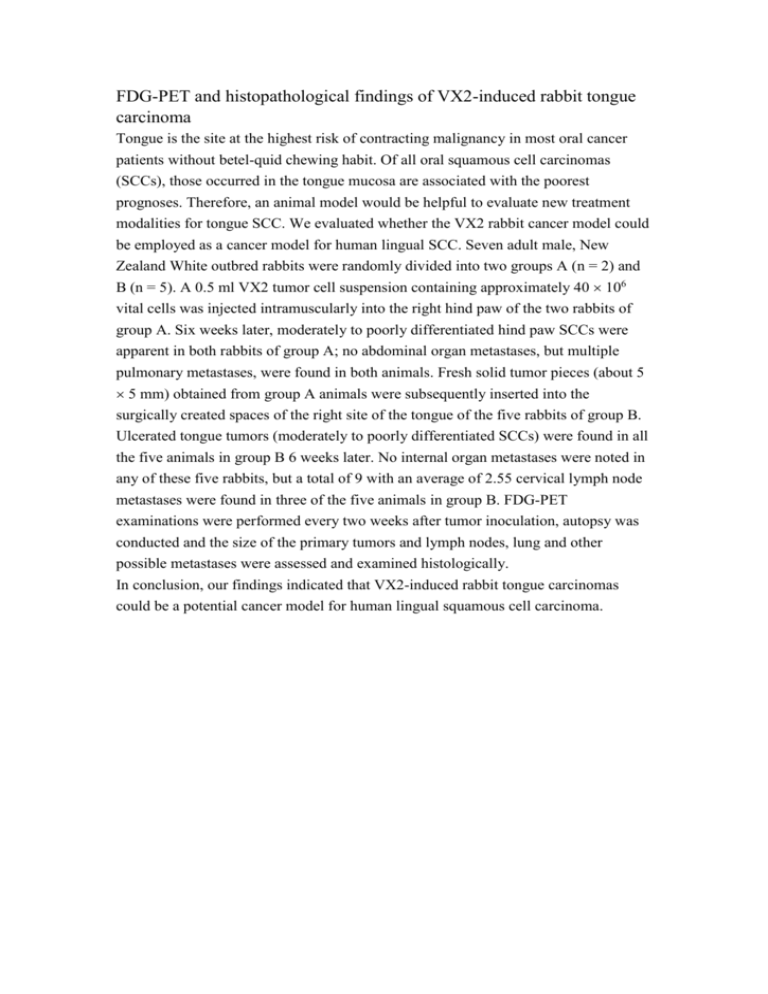
FDG-PET and histopathological findings of VX2-induced rabbit tongue carcinoma Tongue is the site at the highest risk of contracting malignancy in most oral cancer patients without betel-quid chewing habit. Of all oral squamous cell carcinomas (SCCs), those occurred in the tongue mucosa are associated with the poorest prognoses. Therefore, an animal model would be helpful to evaluate new treatment modalities for tongue SCC. We evaluated whether the VX2 rabbit cancer model could be employed as a cancer model for human lingual SCC. Seven adult male, New Zealand White outbred rabbits were randomly divided into two groups A (n = 2) and B (n = 5). A 0.5 ml VX2 tumor cell suspension containing approximately 40 106 vital cells was injected intramuscularly into the right hind paw of the two rabbits of group A. Six weeks later, moderately to poorly differentiated hind paw SCCs were apparent in both rabbits of group A; no abdominal organ metastases, but multiple pulmonary metastases, were found in both animals. Fresh solid tumor pieces (about 5 5 mm) obtained from group A animals were subsequently inserted into the surgically created spaces of the right site of the tongue of the five rabbits of group B. Ulcerated tongue tumors (moderately to poorly differentiated SCCs) were found in all the five animals in group B 6 weeks later. No internal organ metastases were noted in any of these five rabbits, but a total of 9 with an average of 2.55 cervical lymph node metastases were found in three of the five animals in group B. FDG-PET examinations were performed every two weeks after tumor inoculation, autopsy was conducted and the size of the primary tumors and lymph nodes, lung and other possible metastases were assessed and examined histologically. In conclusion, our findings indicated that VX2-induced rabbit tongue carcinomas could be a potential cancer model for human lingual squamous cell carcinoma.
